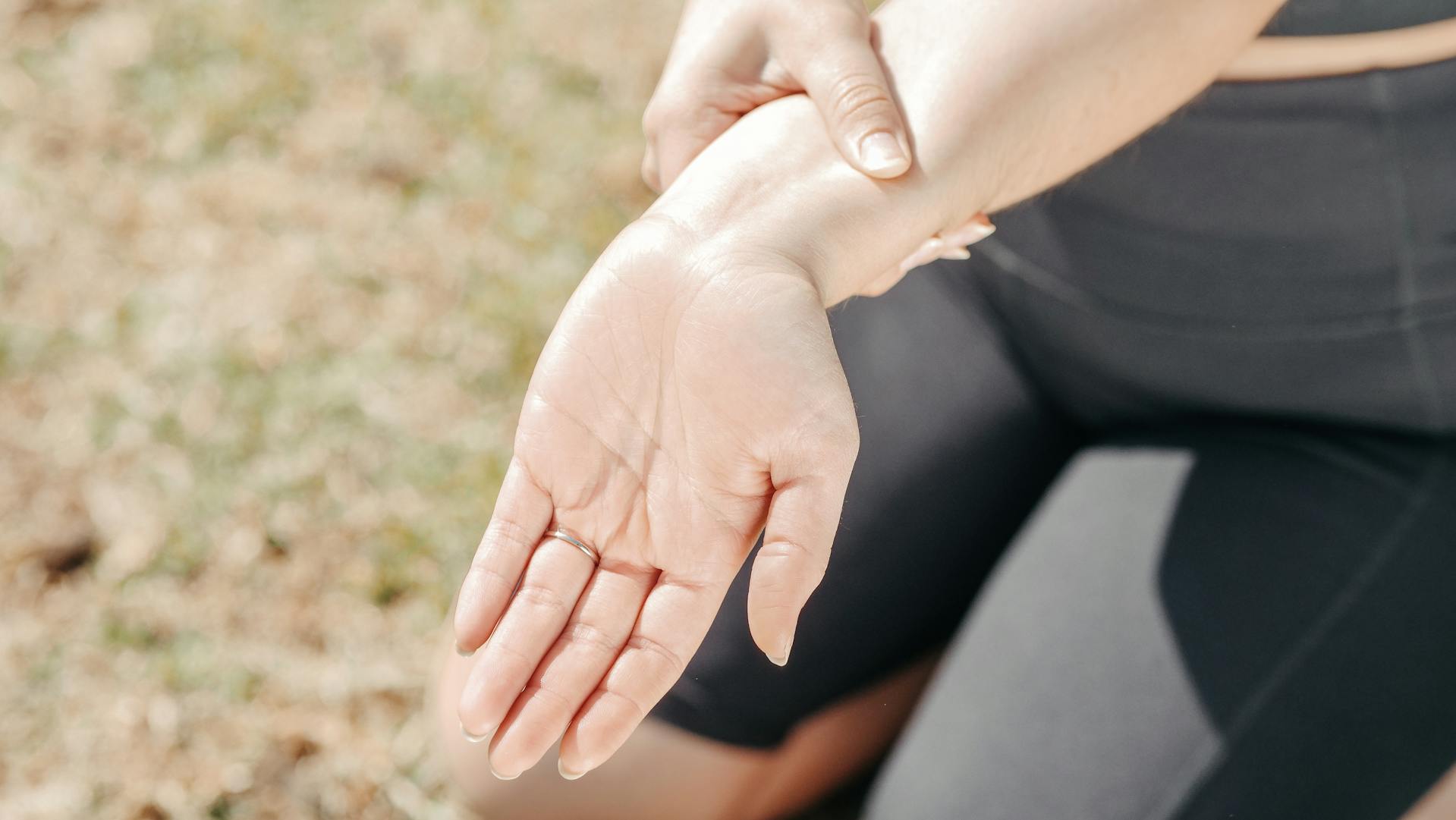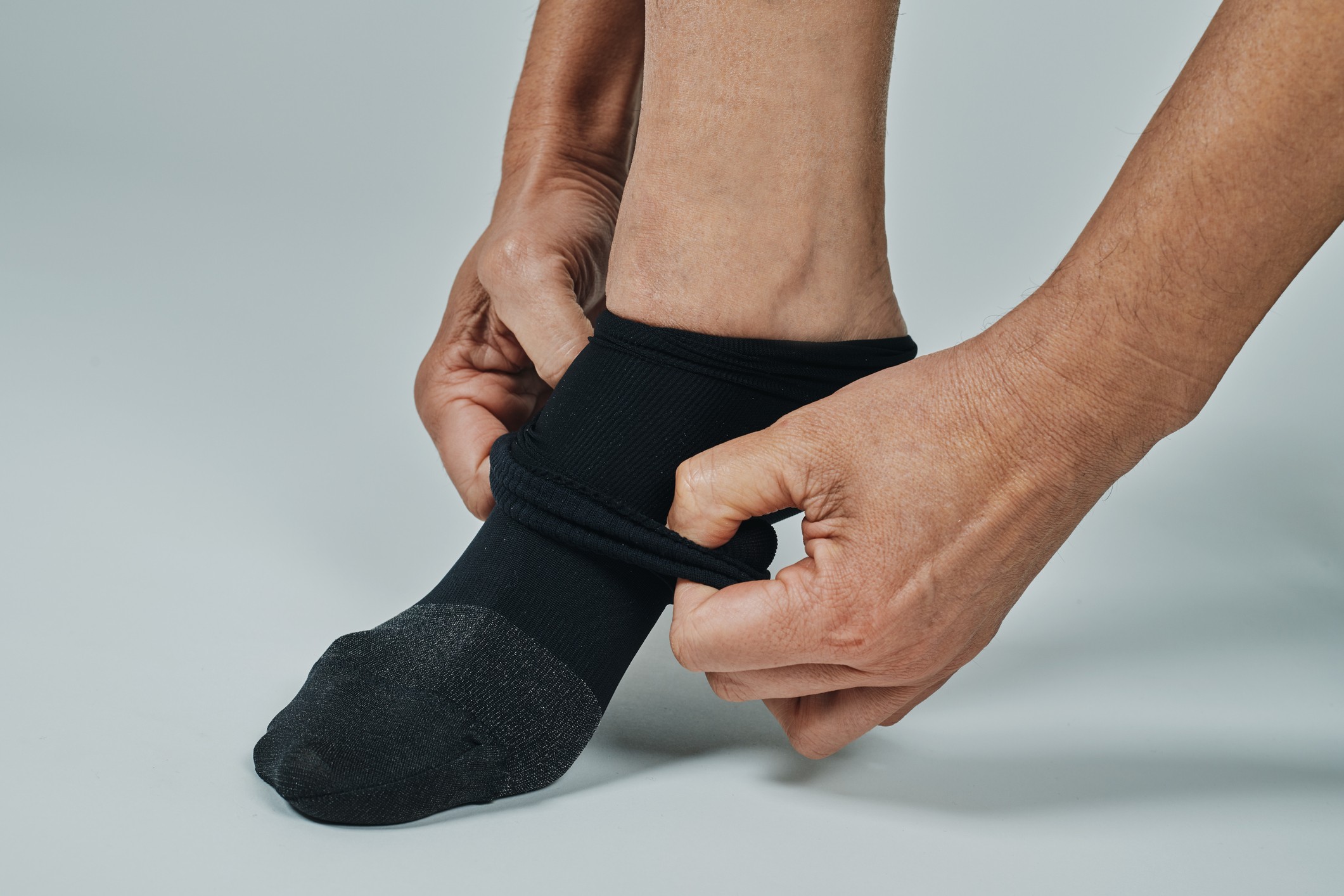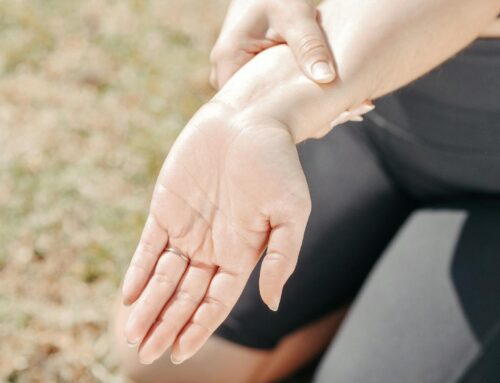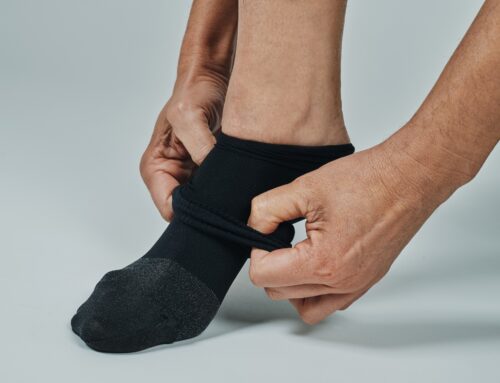Compression garments, including stockings, sleeves, and socks, are instrumental in improving circulation, minimizing swelling, and boosting comfort for individuals dealing with medical conditions. By applying controlled pressure to the limbs or body, they assist in managing ailments such as varicose veins, lymphedema, and deep vein thrombosis. Understanding compression levels is essential for selecting a garment tailored to your specific requirements.
The appropriate level of compression can greatly influence the garment’s effectiveness, offering support and relief that contribute to enhanced health and well-being. It’s about finding the balance that suits your body and lifestyle, ensuring that the benefits of compression therapy are fully realized.
What Are Compression Levels in Garments?
Compression levels in garments refer to the amount of pressure applied to the body or limbs. Measured in millimeters of mercury (mmHg), these levels determine how tightly the garment squeezes the area it covers. The purpose of this compression is to enhance blood circulation, reduce swelling, and provide support to the veins and lymphatic system.
The range of compression levels generally falls into four categories:
- Mild Compression (15-20 mmHg)
Suitable for everyday wear, mild compression helps alleviate tired, achy legs and minor swelling. It’s often recommended for individuals who stand or sit for prolonged periods. - Moderate Compression (20-30 mmHg)
This level is used to treat moderate swelling, varicose veins, and to prevent deep vein thrombosis during travel or post-surgery. - Firm Compression (30-40 mmHg)
Ideal for managing more severe conditions, firm compression is used to treat pronounced varicose veins, moderate edema, and lymphedema. - Extra Firm Compression (40-50 mmHg)
The highest level of compression, extra firm, is reserved for serious medical conditions such as severe lymphedema, chronic venous insufficiency, and post-thrombotic syndrome.
Selecting the appropriate compression level is crucial for the garment to be effective and comfortable. It’s always recommended to consult with a healthcare professional to determine the right level for your specific needs.
Understanding Different Compression Levels
Navigating through the various compression levels in garments is key to maximizing their benefits for your health and comfort. Each level is designed to address different needs, ranging from mild support for everyday use to extra firm compression for more severe medical conditions.
By familiarizing yourself with these levels, you can make informed choices that align with your specific requirements and lifestyle.
Mild Compression (15-20 mmHg)
Mild compression is the gentlest level of support, suitable for everyday wear. It is ideal for individuals who experience minor swelling, fatigue, or discomfort in their legs due to prolonged standing or sitting.
Mild compression can also be beneficial for those traveling long distances, as it helps reduce the risk of developing blood clots during flights or car rides. Additionally, it can provide relief for pregnant women experiencing mild varicose veins or leg swelling.
Moderate Compression (20-30 mmHg)
Moderate compression is a step up in terms of pressure and is often recommended for managing specific medical conditions. It is particularly effective for individuals with varicose veins, as it helps reduce the appearance and discomfort associated with them.
Moderate compression is also used to treat mild edema (swelling) and to prevent deep vein thrombosis (DVT) after surgery or during periods of immobility. Athletes may also benefit from this level of compression to enhance performance and recovery.
Firm Compression (30-40 mmHg)
Firm compression provides a higher level of support and is used to address more serious circulatory and lymphatic issues. It is ideal for individuals with moderate edema, deep vein thrombosis, and severe varicose veins.
Firm compression garments are often prescribed to patients recovering from vein surgery or those with chronic venous insufficiency. They help reduce swelling, improve blood flow, and prevent the progression of venous disorders.
Extra Firm Compression (40-50 mmHg)
Extra firm compression is the highest level of compression available and is reserved for severe medical conditions. It is used to treat profound edema, chronic venous insufficiency, and advanced stages of lymphedema.
Extra firm compression garments provide significant support to the affected area, helping to reduce swelling, manage pain, and prevent further complications. Due to the intense pressure, these garments should always be worn under the supervision of a healthcare professional.
How to Choose the Right Compression Level

Medical Condition
The severity and nature of your condition play a significant role in determining the right compression level.
For example, mild compression may be suitable for everyday wear and minor swelling, while firm or extra firm compression may be necessary for more severe conditions like deep vein thrombosis or lymphedema.
Symptoms
Pay attention to the symptoms you’re experiencing. If you have mild discomfort or fatigue in your legs, a lower compression level may suffice.
However, if you’re dealing with significant swelling or pain, a higher compression level may be required.
Lifestyle
Consider your daily activities and lifestyle. If you’re active and on your feet for most of the day, you might benefit from a moderate compression level to reduce fatigue.
For athletes, a specific compression level might be recommended to enhance performance and recovery.
Comfort and Tolerance
It’s important to choose a compression level that you can comfortably wear for extended periods.
Starting with a lower compression level and gradually increasing it, if necessary, can help your body adjust to the sensation.
Professional Advice
Consulting with a healthcare professional, such as a doctor, nurse, or certified fitter, is essential. They can assess your condition, recommend the appropriate compression level, and ensure that the garment fits correctly. This is especially important if you have a medical condition that requires a higher level of compression.
Tips for Using Compression Garments Effectively
To ensure you reap the full benefits of compression garments, it’s important to follow best practices for wearing, maintaining, and optimizing their use. These tips not only enhance the effectiveness of the garments but also extend their lifespan and ensure your comfort.
Whether you’re using compression stockings, sleeves, or socks, adopting these guidelines can make a significant difference in your overall experience and the results you achieve.
Wearing Compression Garments
- Proper Sizing: Ensure your compression garment is correctly sized. An ill-fitting garment can be ineffective or even harmful.
- Donning and Doffing: Use special techniques or devices to put on and take off compression garments, especially if you have a higher compression level or limited mobility.
- Gradual Adjustment: If you’re new to compression therapy, start with a lower compression level and gradually increase it as recommended by your healthcare professional.
- Consistency: Wear your compression garments as prescribed, usually during the day, and remove them at night unless advised otherwise.
Maintaining Compression Garments
- Regular Washing: Wash your compression garments regularly to maintain their elasticity and hygiene. Follow the manufacturer’s instructions for washing and drying.
- Replacement: Replace your compression garments every 3 to 6 months, or as recommended, to ensure they maintain their compression level.
- Inspection: Regularly inspect your garments for signs of wear and tear, such as fraying or loss of elasticity, and replace them if necessary.
Maximizing the Benefits
- Combine with Exercise: Engage in gentle exercises, such as walking or leg movements, to enhance circulation while wearing compression garments.
- Elevate Legs: Elevate your legs when possible to reduce swelling and improve blood flow.
- Stay Hydrated: Drink plenty of water to support overall circulation and lymphatic function.
- Monitor Your Condition: Keep an eye on your symptoms and consult your healthcare professional if you notice any changes or if the garment becomes uncomfortable.
Your Path to Better Health with Care-Med
Care-Med Ltd. is a certified fitter specializing in compression garments, offering a personalized approach to your well-being.
Choosing the right compression level in garments like stockings, sleeves, and socks is crucial for effective treatment and comfort. Care-Med’s expertise ensures a perfect fit for you. The range of compression levels, from mild to extra firm, caters to various needs, from everyday support to managing severe medical conditions.
It’s important to consider factors such as your medical condition, symptoms, lifestyle, and comfort when selecting a compression level. Additionally, Care-Med offers guidance on wearing, maintaining, and maximizing the benefits of compression garments, enhancing their effectiveness and longevity.
For personalized advice and high-quality compression garments, along with expert fitting, schedule an appointment with Care-Med Ltd.
Share This Story, Choose Your Platform!
Table of Contents
We specialize in orthotics, body braces, and compression wear tailored to your unique needs in Toronto. Reach out to us at info@caremed.care or call 416-782-5353 to book your fitting and consultation.
Experience the difference of customized solutions designed just for you.











